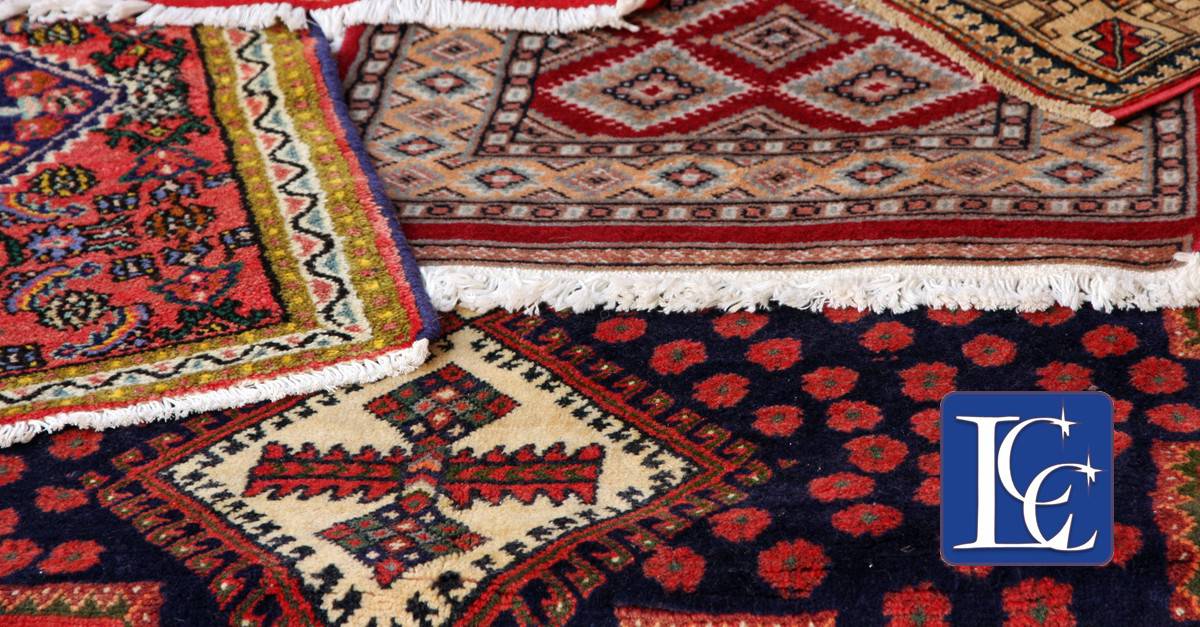What homeowner hasn’t shopped a favorite rug retailer and been bewildered by the array of colors, styles, textures, and fibers. The problem is compounded by glowing descriptions hailing the advantages of one type of rug over another.
I won’t pretend to provide information on matters of personal preference. Fibers, however, I do know something about, because I deal with them daily – long after the sale.
So, what’s the best fiber? That question is best answered with a quick examination of the types available.
- Wool: Though not very lustrous, wool wears well and hides soil even better. The chief drawback is that is stains easily and is expensive – not a wise choice for the average home with youngsters and pets.
- Polyester: The miracle fiber of the 70s, polyester is hard to stain and wears well. However, traffic changes its texture (crimp loss) so that entry areas look worn very quickly.
- Acrylic: Promoted as the synthetic substitute for wool, acrylic looks like wool, but is highly stain resistant. Drawbacks are two-fold: First, nap reversal causes traffic areas to stand out vividly. Second, because of non-resiliency, furniture on acrylic creates permanent impressions – disaster!
- Olefin: More commonly known under various brand names such as AstroTurf, Olefin resists staining and cleans easily. Like acrylic, however, there are problems with nap reversal in traffic areas and impressions under furniture.
- Nylon: In recent years, more than 80% of rugs sold have been made of nylon. I could close with that, but let’s first look at the reasons why. First, nylon wears better than any other fiber, including wool. Second, nylon cleans well and is stained only by certain dyes. A three-year-old with a cup of Kool-Aid can quickly spot-dye most nylon rugs, but coffee, tea, soft drinks, and grease are no problem. Finally, nylon bounces back, even after being crushed for years; it really holds its original appearance for quite some time.
Still have questions? A reputable retailer has more information to make your final decision yield dividends for years to come.


